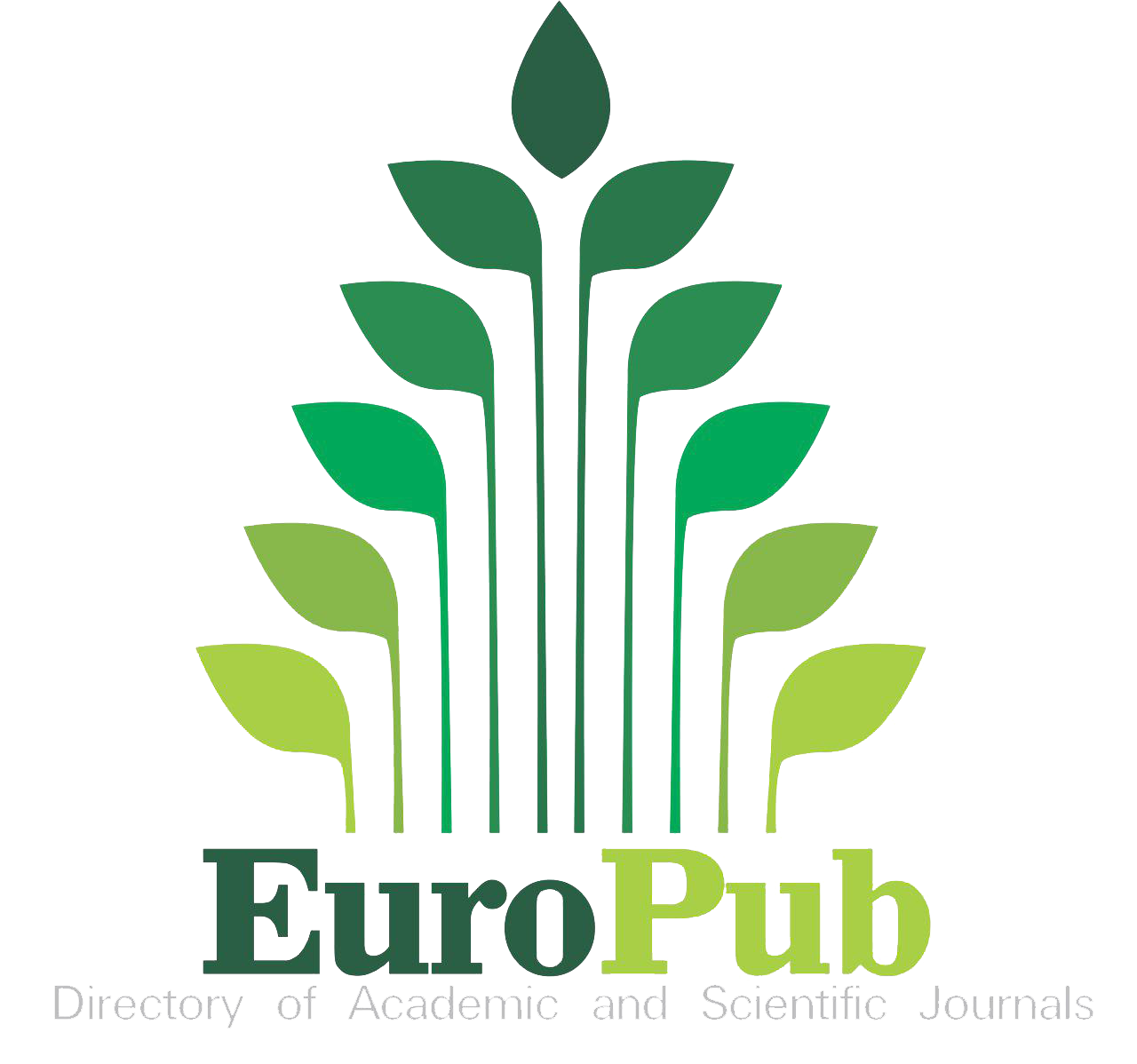Detection of Adulteration in Besan (Cicer Arietinum) Using Microscopic Technique
DOI:
https://doi.org/10.54536/ajfst.v3i2.3786Keywords:
Birefringence, Besan, Cicer Arietinum, Food Adulteration, Polarized Light MicroscopeAbstract
Detection of food adulteration in an unambiguous way requires a methodology that provides distinct differentiators between the authentic and adulterated samples. We present a simple method to detect the adulteration of Besan (chickpea flour), an extensively used food ingredient for different food products in the Indian culinary industry. As many as 10 different samples, both branded and non-branded samples, were procured from the market and were evaluated for their purity. Polarized light Microscope was used as a simple evaluation tool to assess the purity of the sample. The quality of the image in light, polarized light, polarized light with analyzer, and dark mode bring about a clear distinction between pure besan and adulterated sample. Sample analyses were done in 50 X to 1000 X magnification. This non-destructive analysis of the sample brings about even a very small degree of adulteration in the sample. From the analysis, it was clear that out of 10 samples tested, 5 samples were seen as adulterated. The chief adulterants were yellow pea flour and corn flour. This simple method provides easy detection of adulterants and adulteration in food samples.
Downloads
References
Bala, M., Sethi, S., Sharma, S., Mridula, D., & Kaur, G. (2022). Non‐destructive determination of grass pea and pea flour adulteration in chickpea flour using near‐infrared reflectance spectroscopy and chemometrics. Journal of the Science of Food and Agriculture, 103(3), 1294–1302. https://doi.org/10.1002/jsfa.12223
Bala, M., Sethi, S., Sharma, S., Mridula, D., & Kaur, G. (2022a). Prediction of maize flour adulteration in chickpea flour (besan) using near infrared spectroscopy. Journal of Food Science and Technology, 59(8), 3130–3138. https://doi.org/10.1007/s13197-022-05456-7
Corradini, M. G., & McClements, D. J. (2017). Food ☆. In Elsevier eBooks. https://doi.org/10.1016/b978-0-12-409547-2.14314-8
Dattatreya, A. M., Nanjegowda, D. K., & Viswanath, P. (2010). Microscopic detection of adulteration of Bengal gram (Cicer arietinum) flour with other legume flour based on the seed testa macrosclereids. Journal of Food Science and Technology, 48(1), 114–119. https://doi.org/10.1007/s13197-010-0168-0
Fernández-Canto, N., Romero-Rodríguez, M. Á., Ramos-Cabrer, A. M., Pereira-Lorenzo, S., & Lombardero-Fernández, M. (2022b). Polarized light microscopy guarantees the use of autochthonous wheat in the production of flour for the Protected Geographical Indication ‘Galician Bread.’ Food Control, 147, 109597. https://doi.org/10.1016/j.foodcont.2022.109597
Gao, B., Holroyd, S. E., Moore, J. C., Laurvick, K., Gendel, S. M., & Xie, Z. (2019). Opportunities and challenges using non-targeted methods for food fraud detection. Journal of Agricultural and Food Chemistry, 67(31), 8425–8430. https://doi.org/10.1021/acs.jafc.9b03085
Júnior, A. A. M., Massie, B. B., Sigauque, F. J. L., Dimande, A. A., & Fernandes, G. D. (2023). Quality of Fortified Zea Mays L (Maize) and Triticum Durum (Wheat) Flours. American Journal of Food Science and Technology, 2(2), 46-53. https://doi.org/10.54536/ajfst.v2i2.1997
Kumar, R., Kumar, A., Sharma, N. K., Kaur, N., Chunduri, V., Chawla, M., Sharma, S., Singh, K., & Garg, M. (2016). Soft and hard textured wheat differ in starch properties as indicated by trimodal distribution, morphology, thermal and crystalline properties. PLoS ONE, 11(1), e0147622. https://doi.org/10.1371/journal.pone.0147622
McMahon, K. A. (2004). Practical botany-the Maltese cross. Tested Studies for Laboratory Teaching, 25, 352-357.
Oseyemi, F. H. (2023). Appraising the Knowledge and the Practice of Food Safety Procedure and Hygiene among Food Vendors in Akure South Local Government Area of Ondo State, Nigeria. American Journal of Physical Education and Health Science, 1(1), 31-38. https://doi.org/10.54536/ajpehs.v1i1.1614
Sivak, M. N., & Preiss, J. (1998). Physicochemical structure of the starch granule. Advance Food Nutrition Research, 41, 13-32.
Vinod, B. R., Asrey, R., Rudra, S. G., Urhe, S. B., & Mishra, S. (2023). Chickpea as a promising ingredient substitute in gluten-free bread making: An overview of technological and nutritional benefits. Food Chemistry Advances, 3, 100473. https://doi.org/10.1016/j.focha.2023.100473
Wu, D., Li, W., Wan, J., Hu, Y., Gan, R., & Zou, L. (2023). A Comprehensive Review of Pea (Pisum sativum L.): Chemical Composition, Processing, Health Benefits, and Food Applications. Foods, 12(13), 2527. https://doi.org/10.3390/foods12132527
Downloads
Published
Issue
Section
License
Copyright (c) 2024 Padmapriya Rajan, Kyatanahalli S. Nagabhushana

This work is licensed under a Creative Commons Attribution 4.0 International License.







